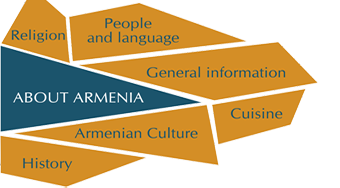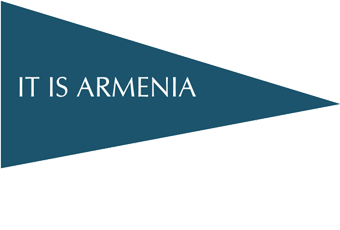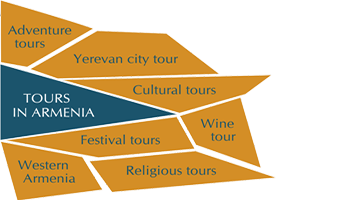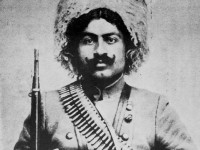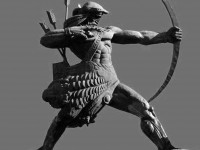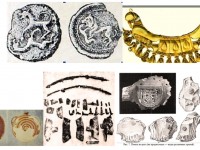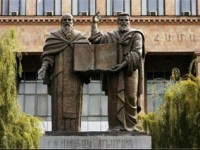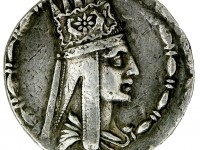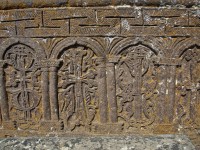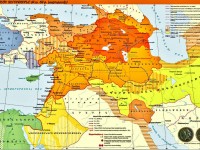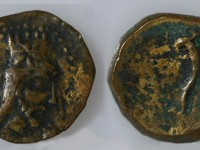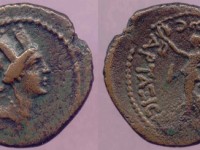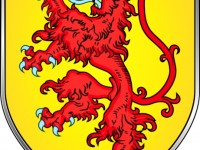History
The Republic of Armenia is the Armenian homeland. Armenian people are one of the oldest nations in the world and the founders of world civilization. Armenians are the people of Western Asia, who have lived in their homeland since the ancient times. The name of the Armenian ethnos has derived from the first Armenian King Hayk and the foreigners call them "Armen", which means “A Created Man”. The first Armenian state was founded back in 2492 BC, when the first Armenian king Hayk defeated the army of the Assyrian king Bel in the Battle, killed him and formed the first Armenian state - Arattan, which means the country of the divine holy laws. The first Armenian state had a domineering position in the Western Asia and occupied an area of almost 400 thousand square kilometers - all Armenian Plateau. In the 9-6-th centuries BC another Armenian state become more powerful - it was Urartu or Ararat kingdom, which was the most powerful state in the region during the reign of King Argishti I. The Armenian state of Yervanduni replaced the Urartu in 612-200 BC. Armenia was one of the most powerful states of the Western Asia during the reign period of Yervanduni; it had rich culture and civilization. The dynasty of Artashessyan reigned in Armenia in 189-1 BC. Armenia again became a powerful state of the Western Asia during the reign period of the king Tigran II the Great (95 - 55 BC). The boundaries of Greater Armenia stretched from the Black Sea to the Caspian Sea and the Red Sea, from Central Asia to the borders of Egypt. The dynasty Arshakouni reigned in Armenia in 53-428. Armenian. In 301, during the reign period of Arshakounis, Armenia was the first country to adopt Christianity as a state religion. In 405, Mesrop Mashtots created the Armenian alphabet. In 428, Armenia was under the reign of Persia, and from the 7th century - of the Arab Caliphate. But the country has retained internal independence even during that period. The dynasty of Bagratuni reigned in Armenia in 885-1045. The Armenian kingdom of Bagratuni fell under the domination of Byzantium, but soon, in 1080 the Armenian people restored their independence in the north-eastern part of the Mediterranean Sea, founding the Armenian Kingdom of Cilicia, which existed till the 1375. An independent Armenian state was formed under the reign of the dynasty of Zakarian in the territory of real Armenia in the 12th-13th centuries. Armenia has been under the rule of the Mongols, Tamerlane, and later of nomadic Turkic tribes since the 13th century. Armenia was divided between the Ottoman Empire and Persia in the 16th century. It stayed so until the 19th century, when the Russian army invaded the Caucasus, and the Eastern Armenia got under the Russian rule. During the First World War, the Armenian people suffered heavy losses: about 1 million 500 thousand people were killed in the historical homeland – the Western Armenia, as a result of the Armenian genocide carried out by Turkey and nearly 2 million Armenians were expatriated from Armenia. In May 1918, the Armenian people defeated the Turkish army in the battles of Sardarapat, Aparan and Karaklis and declared the independence of Armenia. The territory of the First Republic of Armenia was 87 thousand square kilometers and besides the present territory of the Republic of Armenia, it included Nagorno Karabakh, Nakhchivan and Kars. August 10, 1920 the Treaty of Sevres was signed, according to which Armenia had to get back 110 square kilometers more of territory. However, the Soviet Russian, the Kemal Turkey and Azerbaijan suppressed the independence of Armenia and December 2, 1920 Armenia lost its independence. Soviet rules were established in Armenia and in 1922, Armenian became part of the USSR. 1988 was crucial for the Armenian people: they began the national liberation movement against Azerbaijan in Nagorno-Karabakh. The war ended in 1994 by the defeat of Azerbaijan, who requested an armistice, which persists up to now. December 7, 1988 in the north of Armenia there was a catastrophic earthquake that killed 25 thousand people and about 1 million became homeless. On September 21, 1991, a referendum on secession from the USSR and the establishment of independent statehood was held, in the result of which the Republic of Armenia established its independence. The Republic of Armenia is a democratic, national state. The Constitution of the Republic of Armenia was adopted July 5, 1995. The Republic of Armenia is a member of the UN, the CIS, the WTO, the Council of Europe and more than 40 international organizations. The Republic of Armenia is divided into 10 regions (marz) and the capital city Yerevan. There are about 900 settlements in Armenia. Yerevan is one of the oldest cities in the world and the most ancient capital city of the world. Its age is more than 5 thousand years. However, the founding date of the city is conventionally considered 782 BC, when the Armenian king Argishti I founded the fortress of Erebuni in the territory of Yerevan.





